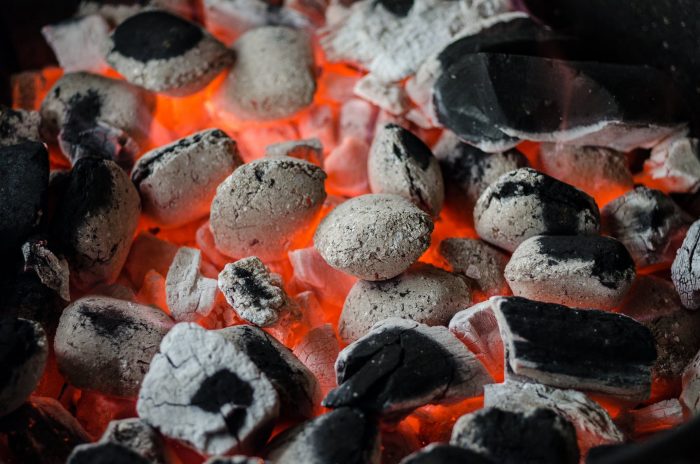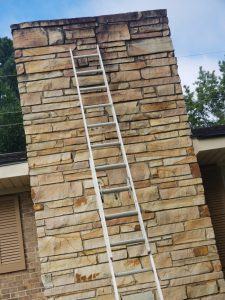Carbon Monoxide (CO) is a toxic, odorless and colorless gas that is emitted when a fuel is improperly burnt. Any fuel-burning device at your home can be a producer of this highly poisonous, killer gas. The incomplete combustion of a solid, liquid or gaseous fuel can produce the gas, which is invisible to humans.
This means a poorly aerated charcoal cooker or a faulty boiler or kettle can be the source of CO. When your fuel-burning appliances are not properly installed and maintained, they can produce high levels of this poisonous gas. Don’t assume that CO poisoning can only happen in the kitchen, living room or the bedroom, where you have installed cooking or heating devices. It can also happen right in your bathroom as you enjoy a warm bath.
The gas effects and can kill both human beings and animals. CO poisoning occurs when its molecules displace the oxygen in the body. Studies show that in the UK at least 4,000 people are hospitalized with symptoms of carbon monoxide poisoning and a quarter of them die as a result, annually. In the US, according to the Centre for Disease Control, there are about 10,000 cases of CO poisoning, resulting in 400 deaths every year. It is critical to be aware of the sources of carbon monoxide at your home and how you can keep them at bay.
Sources of Carbon Monoxide at Home
-
Charcoal fires
When using wood or charcoal fuel, you should be alert to the risks of carbon monoxide poisoning. The risk is higher if the room is poorly aerated. If the fuel is hard to light that should send alarm bells that will not burn properly and can produce the poisonous gas.

-
Clogged chimneys
When your home appliances burn normally, the little amount of CO produced escapes through the chimney. Where the chimney is blocked or leaking the CO cannot escape and builds up in your house.

-
Boilers
A blue flame means that the boiler is burning its gas properly. Look out for orange or yellow gas flames, which mean full combustion is not taking place and hence CO is being released.
-
Cookers
This common home appliance can emit the gas if there is incomplete combustion of its gas fuel. How can you tell that the fuel is not properly burning? Soot or stains on or above the cooker is an indicator of CO emission.
-
Heaters
Heaters should be properly vented. When they are far from a window, they risk building up CO in the room.
-
Car engine
Warming up a car in an enclosed space can produce elevated levels of the gas resulting into CO poisoning. Experts warn that leaving the engine running for just 10 minutes can produce lethal quantities of CO.
-
Products that contain methylene chloride
Another probable source of CO in homes is some types of cleaning liquids and paint removers. Always handle with care products with methylene chloride, which changes into CO when exhaled. It’s advisable to put on a mask when handling products containing methylene chloride.
How to protect yourself from Carbon Monoxide
-
Properly ventilate your house
During the chilly winters, people insulate their houses by sealing windows to conserve heat. This has the unintended consequence of trapping CO from burning fuels inside the house at dangerous levels. Since you cannot see as the gas as it builds up, a way to keep yourself safe is by keeping your windows and doors open when a fuel-burning appliance is working. Ensure that vented appliances are functioning properly.
The chimney and flue in the house are also significant in controlling the CO levels in the house. Before lighting a fire, ensure they are not clogged. Even after the fire is out, don’t be in a hurry to close the flue. An ember in the ashes might continue to unleash the dangerous gas, without your knowledge.
-
Properly install and maintain fuel-burning appliances
Since fuel-burning appliances are the most causes of CO poisoning at home, it’s important to ensure that they are safely installed by a registered technician so that they function properly. Always have a technician check and repair or replace the faulty devices. Before use, always check that the vents are not blocked. Ensure there is an adequate flow of air in the house to support complete combustion. Have a professional check the heating appliances annually. He should check and confirm that the automatic safety controls and the thermostat are in tip-top condition.
-
Install CO alarms
The gas has no warning properties and is thus a silent killer. Apart from ensuring your house is well ventilated and the appliances are working properly, it’s prudent to invest in a carbon monoxide alarm. The buildup of CO triggers alarm warning in your house. Place the alarm in the sleeping spaces and living rooms that are fitted with heating or fuel-burning appliances, including the bathroom if it has heaters. A loud-sounding warns that the level of CO in your house is high. Never ignore it!
You should immediately turn off the appliance, open the windows and doors and away from the source. Alternatively, if possible evacuate the appliance outdoors. If you experience symptoms of CO poisoning, such as dizziness, headache, fatigue, irregular breathing and nausea, it may mean you were already exposed to substantial levels of the toxic gas and should seek medical attention. Don’t put the appliance back to use until it has been checked by an expert.
-
Don’t warm up the car in the garage
This is another area you should watch out. Avoid warming up the car in the garage as the CO concentration can rise fast. If the garage is attached to the house, there is the risk of the gas seeping through the walls to the people in the house. The safe thing do is to drive the car from the garage if you plan to keep it running for a long time.

-
Use a generator outdoors
This is a matter of common sense. The generator produces obnoxious fumes that will choke you, but more to that there is the risk of CO poisoning. Whatever the circumstances that require you to use it, ensure you place it outside the house. Keep it not less than 20 ft from the doors and windows.

